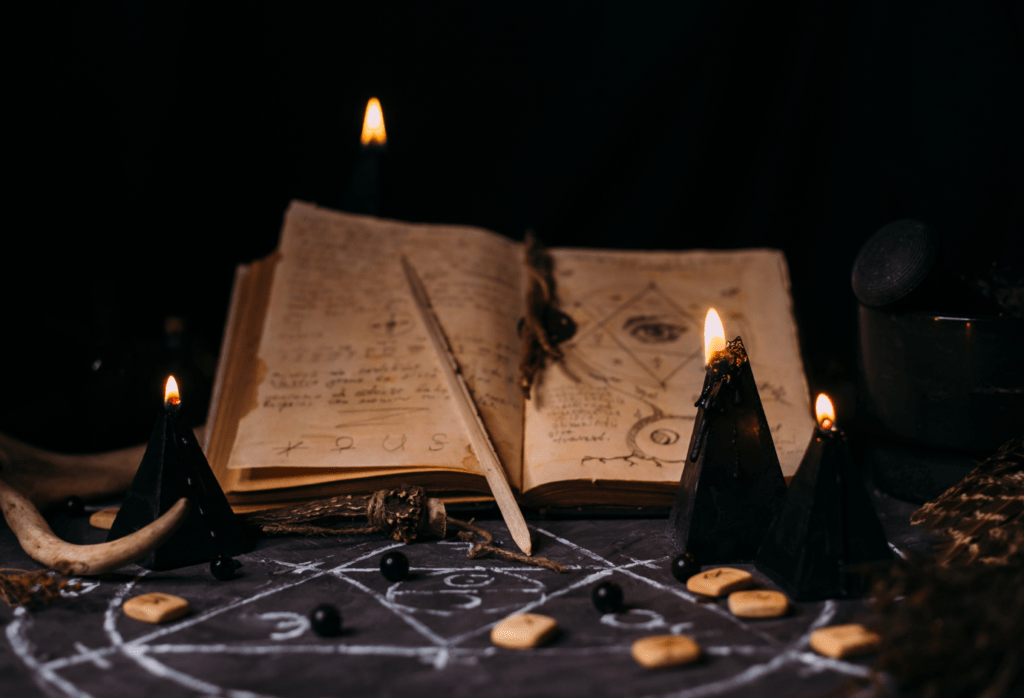More than three hundred years after the Witchcraft Act was quashed, a member’s bill in the Scottish parliament has secured the support of the Scottish National Party to clear the names of those accused of witchcraft.
Campaigners for the justice of those accused and convicted under the Witchcraft Act 1563-1736, including the Witches of Scotland group are set to receive official apologies for the people who were tried as witches – two-thirds of whom were executed and burned between 1563 and 1736.
A total estimated number of 3,837 people – 84 percent of whom were women – were sentenced to their violent deaths after being accused of witchcraft, such as cursing the king’s ships, shape-shifting into animals and birds, or dancing with the devil.
The panic around satanic presences in early modern Scotland saw thousands of women accused of witchcraft, then executed, between the 16th-18th centuries
At the time, witchcraft was considered a capital crime, and many of the convicted would eventually confess after being tortured by having their fingernails crushed and pulled out, deprived of sleep, or having their skin pricked with needles to see if they bled.
According to the Witches of Scotland, objects associated with witchcraft such as black pointed hats, broomsticks, black cats and cauldrons were also associated with witchcraft.
Those convicted under the Act were strangled to death before being burned at the stake to avoid a burial.
The Sunday Times reported that the Witches of Scotland started campaigning two years ago, following a precedent set by the Massachusetts House of Representatives that declared victims of the Salem witch trials innocent.
Scotland created the Witchcraft Act in 1563, leading to five “great Scottish witch-hunts” and a series of nationwide trials in their pursuit of witches.
Early witch-hunts were permitted during the 1500s by James VI of Scotland who believed witches cast a spell which summoned up storms to sink his ships, preventing his would be wife from Denmark from arriving.
In 1590, a woman named Lilias Adie was accused of casting a spell to cause a neighbour’s hangover.
In 1629, another woman by the name of Issobell Young was executed at Edinburgh Castle after a stable boy accused her of shape shifting into an owl and having a coven.
After being tortured, Geillis Duncan admitted to meeting the devil to hinder the king’s ships.
Her character featured in the hit show, Outlander as a time traveler who one of the main characters, Claire Fraser, meets in season 1.
Campaign leader of Witches of Scotland, Claire Mitchell QC told The Sunday Times they were seeking pardons, apologies and a national monument to the witch-hunts, most of whom were women.
“Per capita, during the period between the 16th and 18th century, we [Scotland] executed five times as many people as elsewhere in Europe, the vast majority of them women,” she said.
“To put that into perspective, in Salem 300 people were accused and 19 people were executed.”
“We absolutely excelled at finding women to burn in Scotland. Those executed weren’t guilty, so they should be acquitted.”


